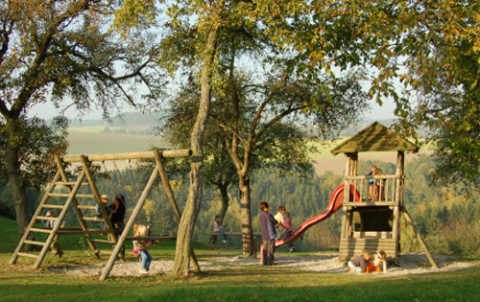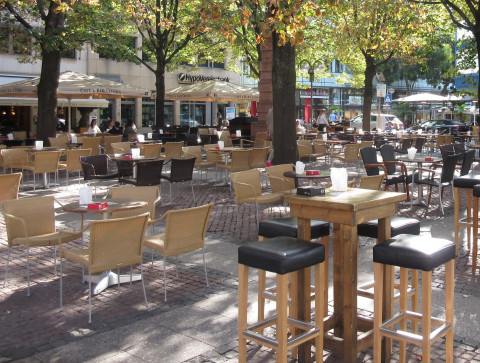Urban Activity Levels (07-15-24)
Iamtrakul and Chayphong evaluated factors linked to activity levels in urban areas. They found positive effects on activity when cities “distribut[e] physical activity opportunities and ensur[e] accessibility via active transportation and public transit. . . . Our findings emphasize the importance of intersection density and residential density as influential determinants of physical activity levels. . . . our findings advocate for a paradigm shift in urban policy discourse, emphasizing interventions that embrace a holistic approach to public health.

